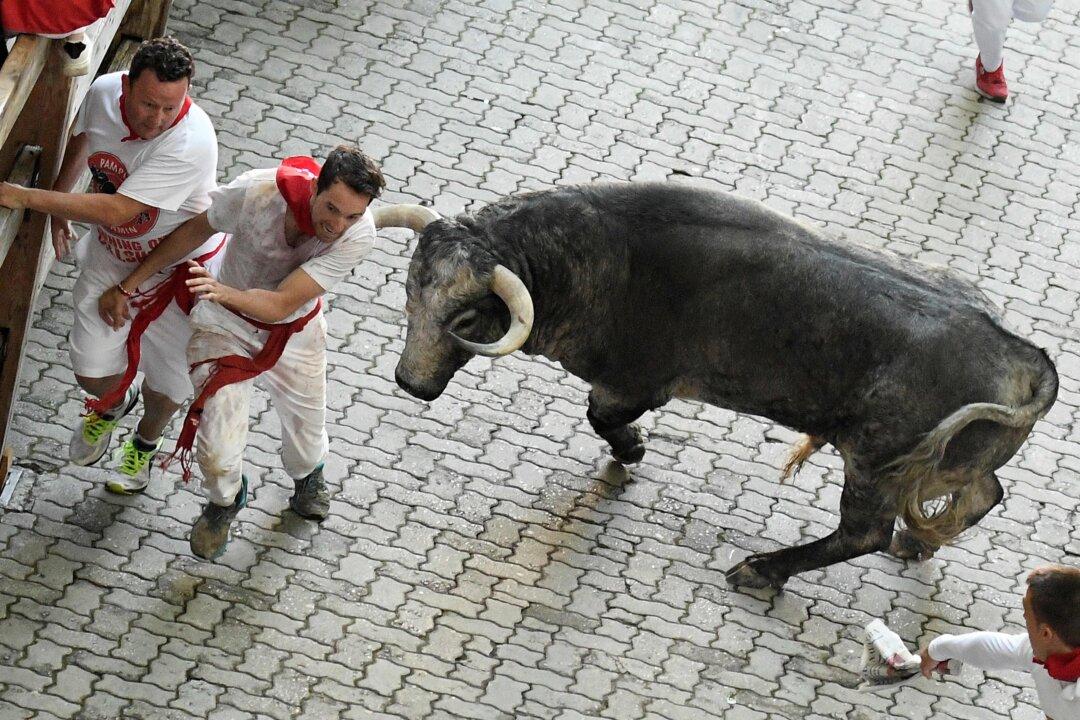Commentary
We do many things astonishingly well as a modern society. Our communications technology rivals anything Gene Roddenberry contemplated when he dreamed up the “Star Trek” universe.

We do many things astonishingly well as a modern society. Our communications technology rivals anything Gene Roddenberry contemplated when he dreamed up the “Star Trek” universe.